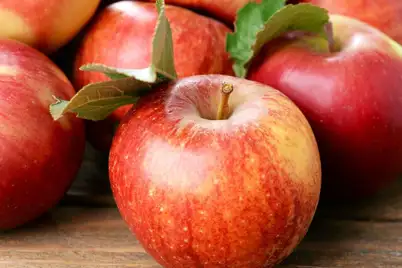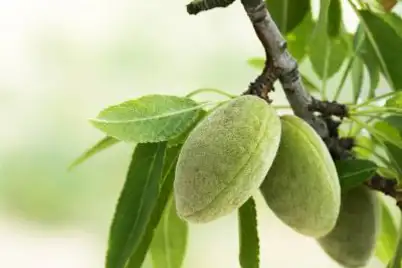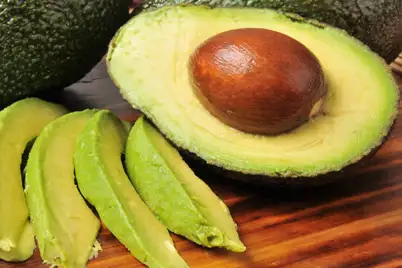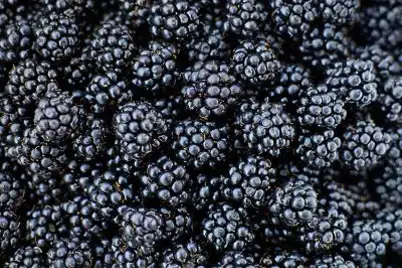Jaboticaba (Myrciaria cauliflora) is the exotic sounding name for a tropical fruit that's native to Brazil. It's easy to see why it's also called the Brazilian grapetree, as the fruit looks like large dark purple grapes. The curious and quite striking thing about the jaboticaba is that the fruit is carried on the trunk and inner limbs rather than on the ends of branches.
Jaboticaba flowers are white and fluffy and during the peak summer flowering season the flower covered stems are stunning.
The sweet grape-like fruit matures mainly during autumn, though there can be multiple fruiting times throughout the year on well fed and watered plants when grown in the tropics. The antioxidant rich fruit can be eaten fresh or made into jams, jellies, juice and liqueur.
The trees themselves are multi-trunked and evergreen, slowly growing to around 8 m tall. They can be pruned if required.
Although hailing from the tropics, they're hardy plants that will tolerate light frosts. They perform best when planted into soil that's been enriched first with a concentrated source of organic matter like Yates® Dynamic Lifter® Soil Improver & Plant Fertiliser. Yates® Dynamic Lifter® Soil Improver & Plant Fertiliser will help improve the quality of the soil, encourage earthworms and beneficial soil microorganisms and provide the tree with gentle nutrients as establishes.
Reapplying Yates® Dynamic Lifter® Soil Improver & Plant Fertiliser every 6 weeks from spring to autumn will help ensure the plants have enough nutrients to reach maturity as quickly as possible.
Mulching around the root zone with an organic mulch, such as bark chips, will help reduce moisture loss and add further organic matter to the soil as it breaks down. Keep the soil moist, particularly during periods of new leaf growth, flowering and fruiting, as drought stress can reduce the harvest.





